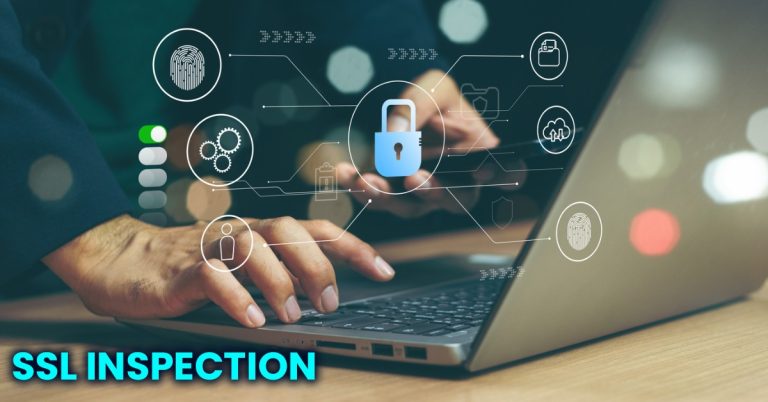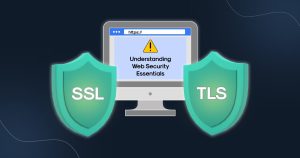


In today’s digital landscape, more than 90% of internet traffic is encrypted using SSL/TLS. While encryption ensures data confidentiality and privacy, it also presents a significant challenge: cyber threats can now hide within this encrypted traffic, bypassing traditional security tools. This is where SSL inspection in firewalls plays a vital role.

SSL (Secure Sockets Layer) and its successor, TLS (Transport Layer Security), are cryptographic protocols that provide secure communication over a network. They’re most commonly used to encrypt data between a web browser and a website (HTTPS). This encryption prevents unauthorized access, eavesdropping, and data tampering.
However, the same encryption that protects user data can also conceal malware, command-and-control traffic, phishing attempts, and data exfiltration from firewalls and other security tools.
SSL inspection, also known as HTTPS inspection or SSL decryption, is a process where a firewall or security device temporarily decrypts SSL/TLS traffic to inspect it for threats before re-encrypting it and forwarding it to the destination.

Here’s how it works:
Cybercriminals often use HTTPS to hide malware delivery, C2 traffic, and malicious payloads. Without SSL inspection, these threats can pass through undetected.
Organizations handling sensitive data (e.g., financial, healthcare, or personal data) need to monitor and control outbound traffic. SSL inspection enables DLP (Data Loss Prevention) policies to work on encrypted sessions.
Regulations such as PCI-DSS, HIPAA, and GDPR may require full visibility into network activity. SSL inspection helps organizations meet auditing and data protection requirements.
Content filtering and URL categorization features in firewalls are ineffective on encrypted traffic unless it’s decrypted for analysis.
SSL inspection is powerful, but it’s not without challenges:
To use SSL inspection effectively while minimizing drawbacks:
Our next-generation firewall solution enables detailed SSL inspection with minimal performance impact. It allows administrators to establish policies based on users, groups, URLs, or applications, ensuring that only essential traffic is inspected. Our user-friendly dashboard and integrated certificate management tools facilitate deployment and compliance.
SSL/TLS encryption is essential for secure communication, but it has become a blind spot in many security architectures. SSL inspection gives organizations the necessary visibility to defend against modern threats hidden in encrypted traffic. When implemented responsibly, it can strike the right balance between security, privacy, and performance, making it an indispensable part of a modern firewall strategy.